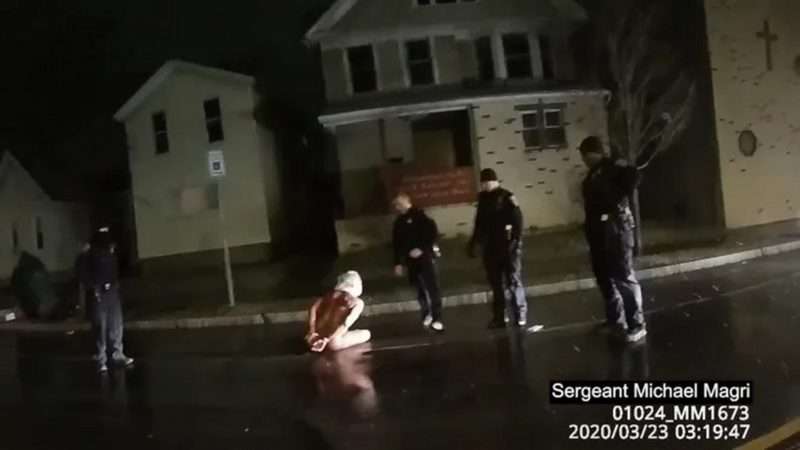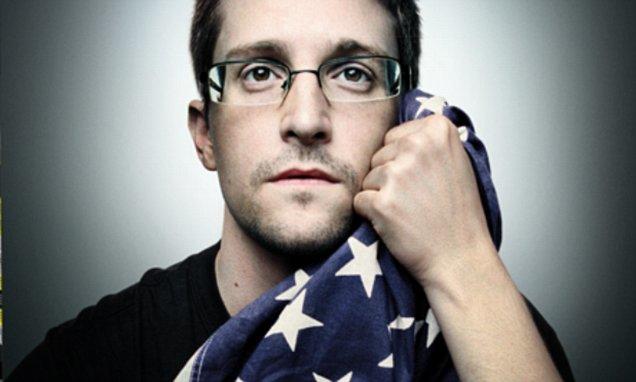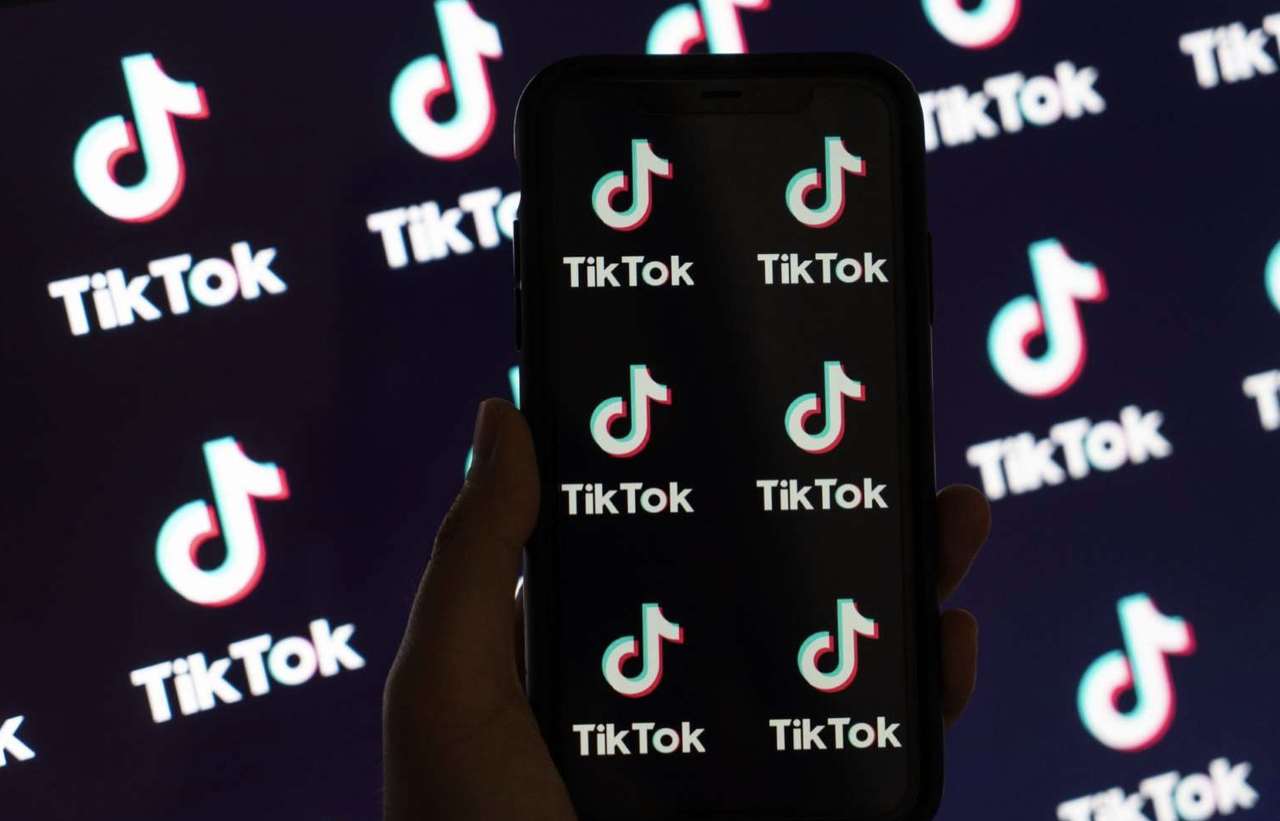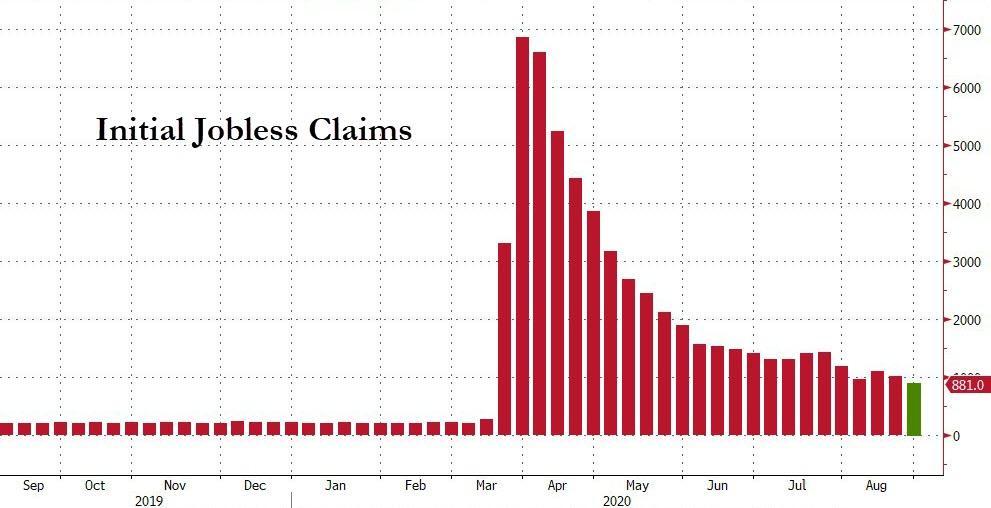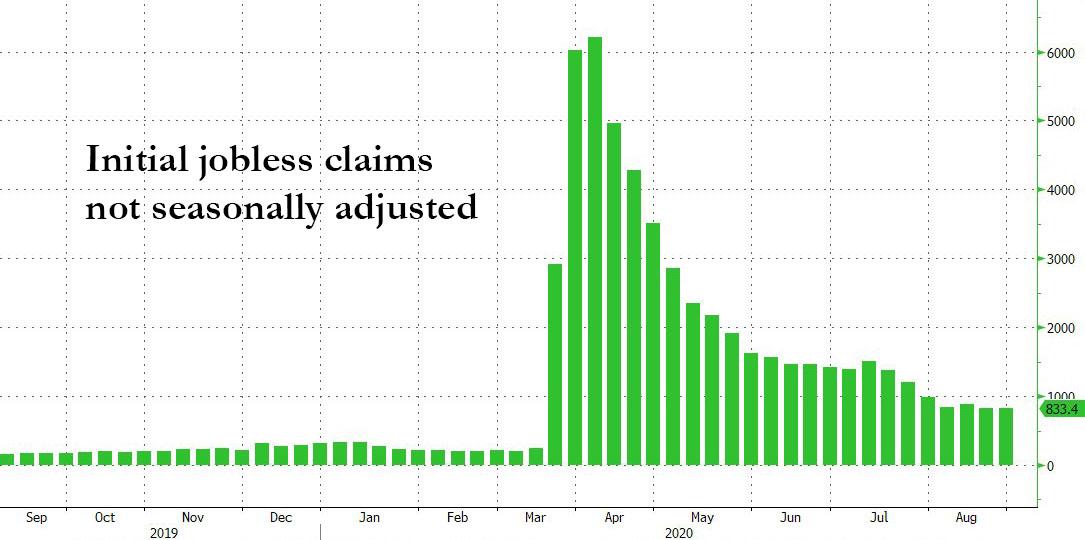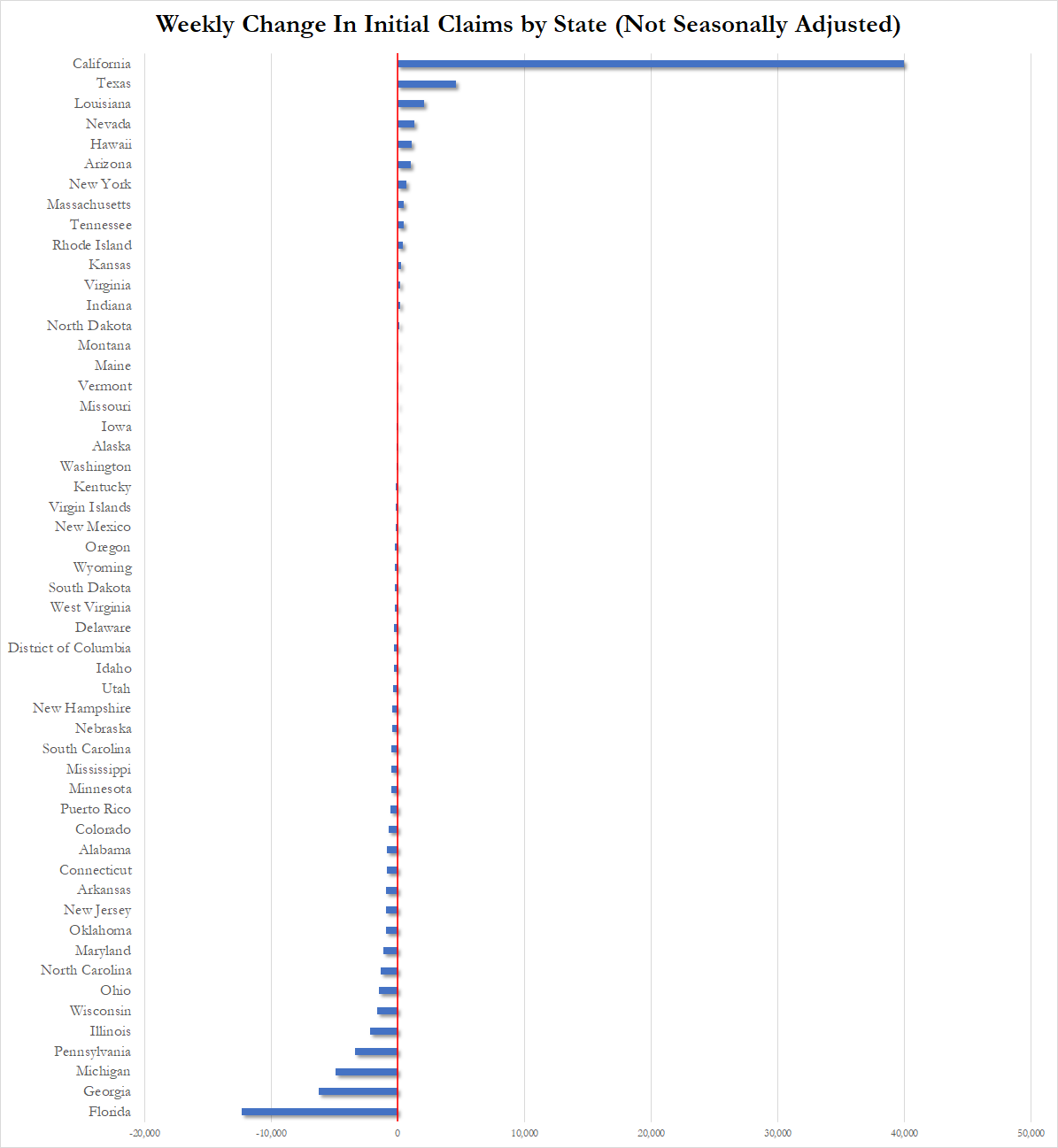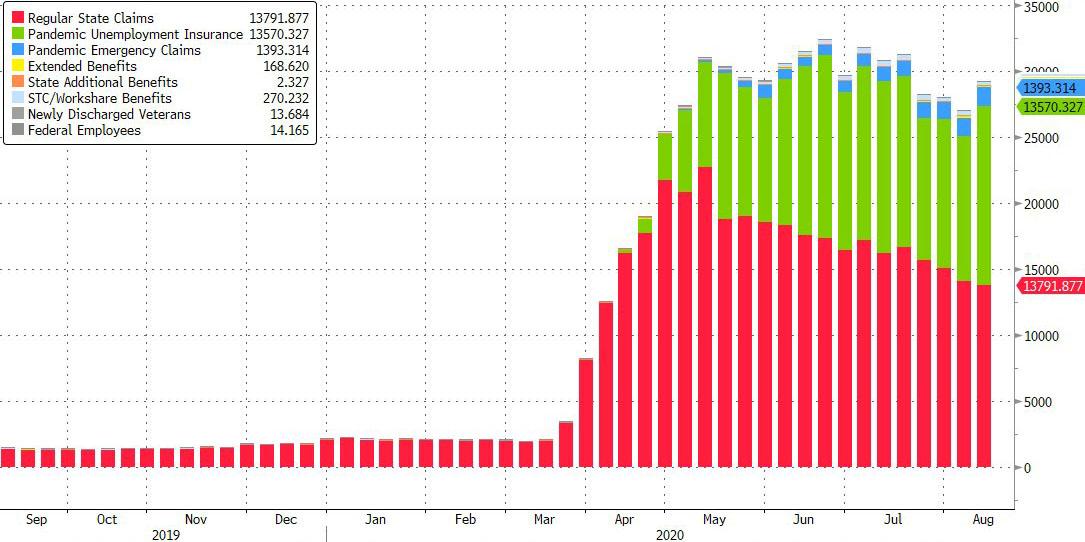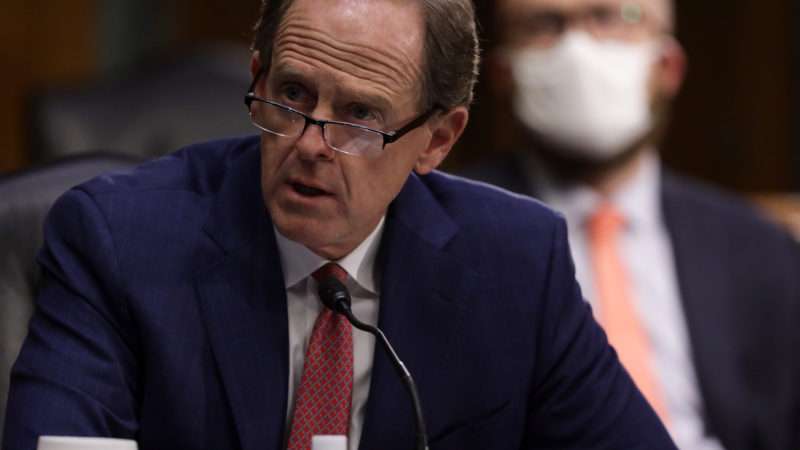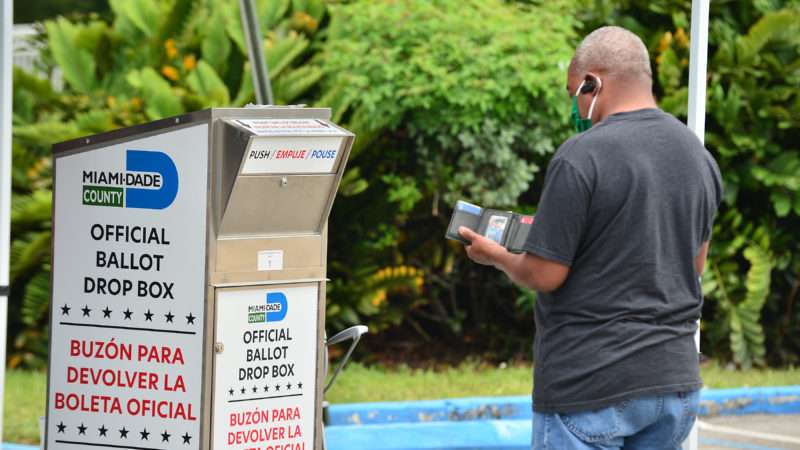
It doesn’t sound like Spencer Cox is planning a victory party for November 3.
“I told my people, ‘We are not going to know who won this on election night,'” Cox, Utah’s Republican gubernatorial nominee, told The Atlantic‘s McCay Coppins.
Think about that for a second. Utah hasn’t elected a Democrat to be governor since 1984, and it has been voted Republican in every presidential election since 1964. If Cox thinks he might be waiting a long time for his race to be called this year, just imagine what that means for anyone waiting for the results of a more competitive election in a state with a lot more voters.
In Utah, those long waits have become the norm. It’s one of only a handful of states to rely primarily on mail-in voting—and while the system is safe and effective, it does take a bit longer to tally the results. When Cox won the state’s Republican gubernatorial primary earlier this year, for example, it took until the Monday after Election Day for the race to be called.
“That’s very common,” he says. “It’s just a paradigm shift that people have had to get used to.”
The rest of the country doesn’t have much time to get up to speed.
Thanks to both historical trends and the impact of the COVID-19 pandemic, more people are going to vote by mail this year than ever before. Political campaigns and media coverage have focused on how increased mail-in balloting will affect the run-up to Election Day, but the real challenge may come after November 3 has passed. Mailed ballots take longer to process than those cast in person—to prevent fraud, each ballot must be individually checked and recorded by election officials. Even with computers, that’s a time-consuming process. A large number of ballots will certainly remain uncounted when Election Day comes to a close.
“The problem is logistical,” says Yuval Levin, director of social, cultural, and constitutional studies at the American Enterprise Institute, a conservative think tank. He notes that some states took weeks to finish counting absentee and mailed-in ballots during this year’s primary season. “We should expect that we won’t have results on election night and that it will take some time. That doesn’t mean that the results are not legitimate.”
Instead of being a single, distinct event, Election Day 2020 will unspool from November 3 in both directions along our timeline at varying rates of speed. There will be a slow build-up as ballots will be mailed, filled out, and returned. That’s followed by the day itself, when many people will go to the polls more-or-less as usual, with those results reported that night. Then comes the crucial (and potentially agonizing) process of counting perhaps millions of mailed-in ballots. If nothing else, it will be appropriate for a year when time seems to have little meaning.
When it comes to the presidential race, there’s one very important post-election deadline that the states must meet: the planned December 14 gathering of the Electoral College. Six days before that date, each state must certify a winner in the presidential race so the appropriate electors can do the official business of choosing the next president.
That deadline played a key role in concluding the most controversial election in recent American history. The infamous recount of Florida’s votes in the 2000 presidential election was brought to a halt, in part, because the state ran up against a federal law that requires presidential electors to be determined six days before the Electoral College meets.
This year, if multiple states are still counting absentee ballots into the first week of December and the election’s winner is still unknown, things could get messy.
“If there are these logistical problems, states could just run out of time,” says Levin.
His preferred solution: Postpone the Electoral College’s meeting until the first week in January. The Electoral College itself is a constitutional requirement, but the day it meets to determine the election’s winner is set by federal law. A simple vote in Congress and a presidential signature could give states more time to finish counting votes.
Sen. Marco Rubio (R–Fla.) has already introduced a bill to do just that. His legislation would give states until the end of the year to finish counting and to certify electors, with the Electoral College meeting on January 2 instead of December 14.
“We cannot escape the pandemic-induced reality of increased mail-in voting, and the logistical challenges associated with it will be difficult for some states to resolve in the next couple of months,” Rubio wrote in a Medium post announcing his bill. He envisions a scenario in which one candidate leads in a key swing state by fewer than 100,000 votes on Election Day but the state has more than a million mail-in ballots yet to be counted. That’s a distinct possibility, particularly in the 15 states where officials aren’t allowed to start counting ballots until Election Day even if they arrive earlier.
“We should give states the flexibility to provide local election officials additional time to count each and every vote,” says Rubio.
“I think just by giving the states more time we could avoid one kind of disaster we might encounter,” Levin says, though he acknowledges that the time for Congress to act is quickly running out. As Election Day nears, any changes to the process will likely be seen as a political calculation intended to help or hurt one party or the other.
It maybe already be too late. President Donald Trump seems intent on spurring as much chaos as possible during the election season, and it seems unlikely that the White House would agree to give states more time to count absentee ballots when the president is also insisting that increased levels of voting by mail will hurt his chances at re-election. His campaign has also sued states for expanding mail-in voting.
In reality, there’s no reason to suspect that higher levels of voting by mail will advantage Democrats. Republicans like Rubio are trying to do the right thing by giving states more time to count votes, and Republicans like Cox are right to warn voters that election results will take more time than usual to process.
Americans are living through an election season unlike any other. At least the stakes aren’t too high.
from Latest – Reason.com https://ift.tt/351NF7z
via IFTTT

